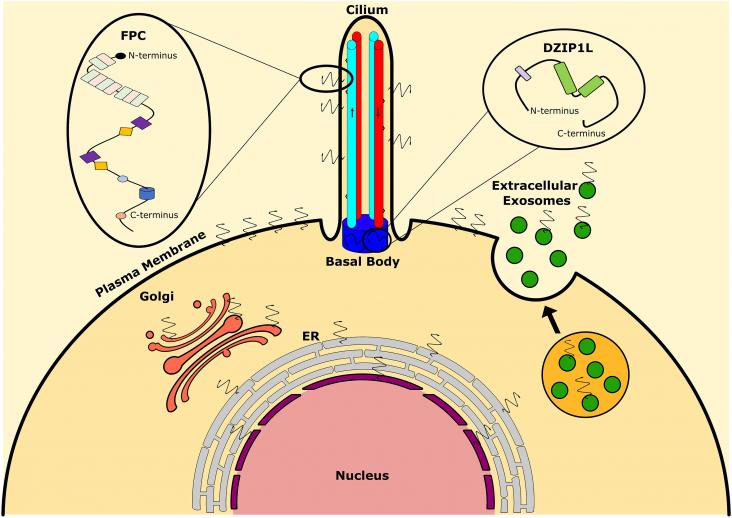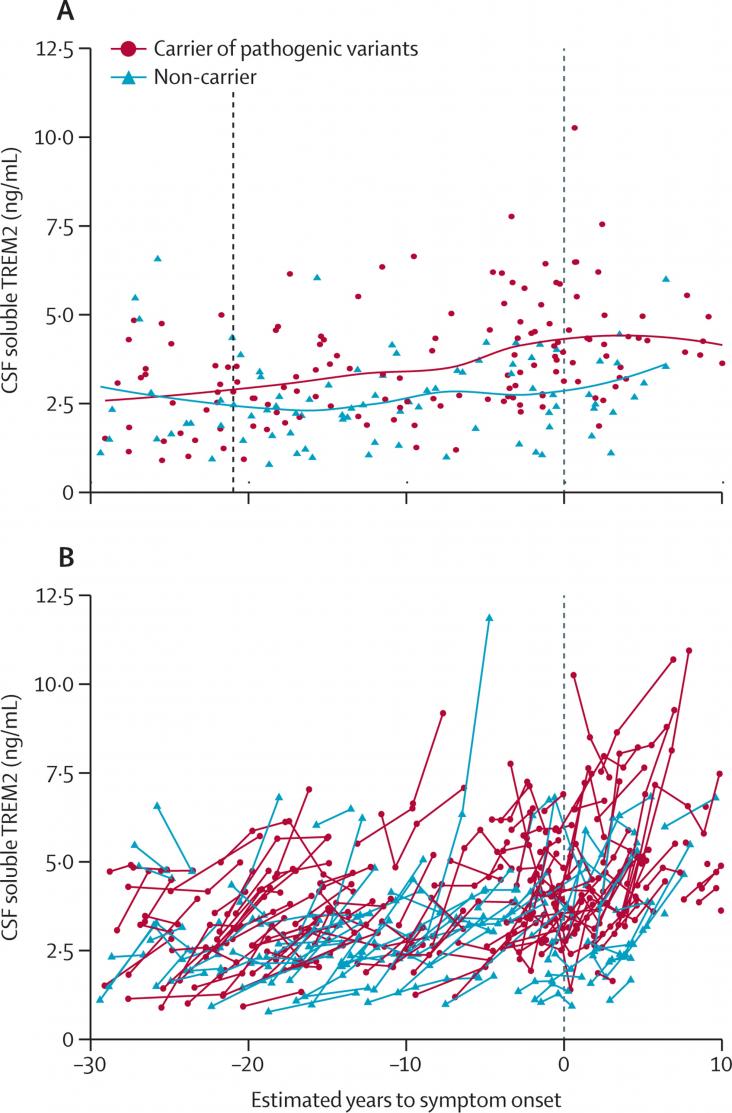Using agronomic experiment data from 62 studies between 1987 and 2021, we employ a meta-analysis to analyze the factors contributing to the heterogeneous effects of wastewater irrigation on crop yield.

ARPKD is a rare disease. This review explores the genetics of ARPKD and is accompanied by a short video by the author with a summary of the article.
For Ukrainian pediatric cancer patients receiving care outside of their nation's borders on February 24, 2022, the Russian invasion of Ukraine compounded these problems.
An article on interventions for people with mild dementia, in the context of SDG 3, focusing specifically on the benefits and cost-effectiveness of the Journeying through Dementia intervention in England.
This article explores whether operations for carotid artery diseases reduce the risk of dementia.

An article on Alzheimer's disease progression, in the context of SDG 3, focusing specifically on the dynamics of soluble TREM2 and its association with amyloid and tau markers, neuroimaging features, and cognition.
An article on dementia risk, in the context of SDGs 3 and 10, focusing specifically on the association between ethnicity, socioeconomic deprivation, and dementia risk.
In vitro and in vivo studies showed that melatonin therapy is effective against AD. The emerging novel melatonin-based therapies are potential treatment options in AD.
This content links with Goal 3: Good health and well-being and Goal 10: Reduced Inequalities by providing insight on a group of inherited disorders that have an effect on the RPE-photoreceptor complex and choriocapillaris, causing a range of symptoms and in many cases gradual visual loss.
This chapter briefly reviews the history of ketamine, explores proposed mechanisms of action, outlines data pertaining to efficacy and safety, and considers “real-world” usage and the challenges to implementation.
